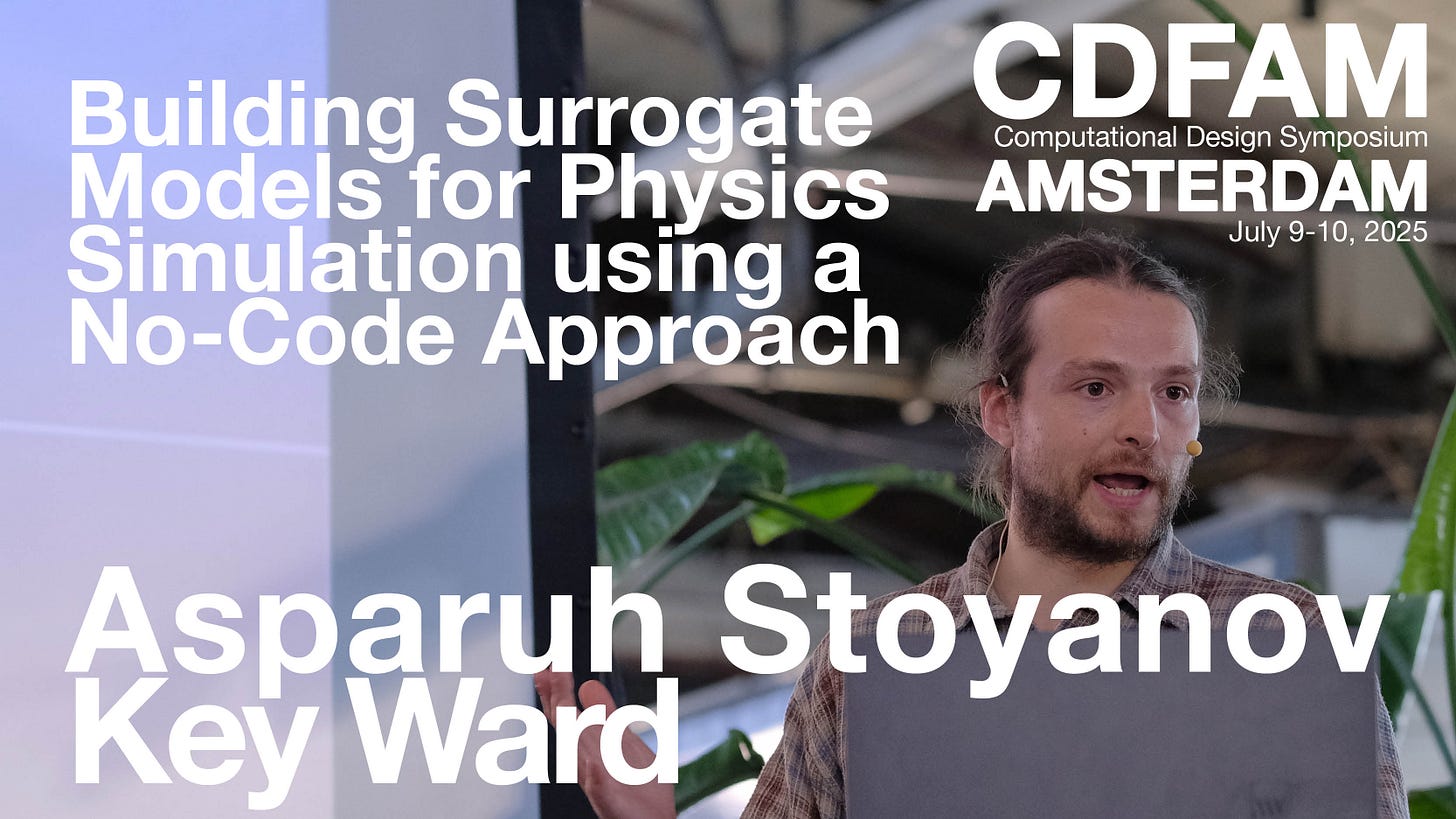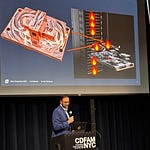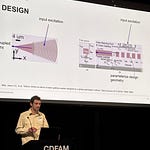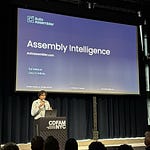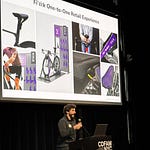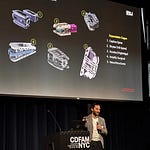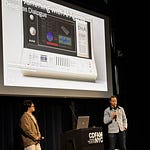Organization:
Presenter:
Asparuh Stoyanov
Building Surrogate Models for Physics Simulation using a No-Code Approach
Presentation Abstract
This project demonstrates a no-code methodology for building surrogate models for engineering simulation. Using such methods, physics simulation analysts can tap seamlessly into the potential of surrogate models, transforming traditional simulation workflows to be more efficient and flexible. In this abstract, we present a workflow of how to use simulation result data to build a 3D surrogate model that any analyst can utilize without requiring programming skills—enhancing the usability of AI-driven simulation tools for broader adoption.
Finite Element Method (FEM) simulations are often computationally intensive and challenging to scale, especially for complex structural applications. Our methodology minimizes these resource-heavy processes with a graph-based surrogate model optimized for computational efficiency. To achieve this, we utilized automated extract, transform, and load (ETL) workflows to process the raw simulation data into a shape and format suitable for AI ingestion. We show how, through no-code data processing automation, analysts can focus on deriving insights rather than getting lost in technical details.
The dataset used comprised linear static analysis results of a Press Bench model, performed using SOLIDWORKS Simulation. Parametric variables included back height, feet width, and plate length, and the results predicted were displacement and stress. Using data processing and management tools, we first extracted and converted the surface field and volumetric field data, from the original raw format into an open-source “AI-ready” format (. csv,.vtk). This allowed us to gather all simulation data in one place to better understand the data distributions, patterns, and correlations between variables. In the next step, we cleaned the collected data while maintaining different data versions and keeping track of changes. As a final step, using the cleaned and processed dataset, we trained a Graph Neural Network. The model was trained to predict accurate stress and displacement fields within seconds (>90% accuracy), using the 3D volume mesh data as inputs. The whole process from raw data to a trained model took approximately one workday to develop. The same approach will be tested on large deformation nonlinear structural analysis.
This project demonstrates how structural simulation data can be used to build surrogate models that accelerate the design process. Advances in AI modeling tools now make these models widely accessible, enabling engineers to leverage physics simulation data without coding or deep machine learning expertise—expanding the possibilities in product design optimization.
RECENT INTERVIEWS & ARTICLES
Design for Additive Manufacturing at CDFAM – Part 2: 2024 Berlin
Design for Additive Manufacturing at CDFAM – Part 1: 2023 NYC


